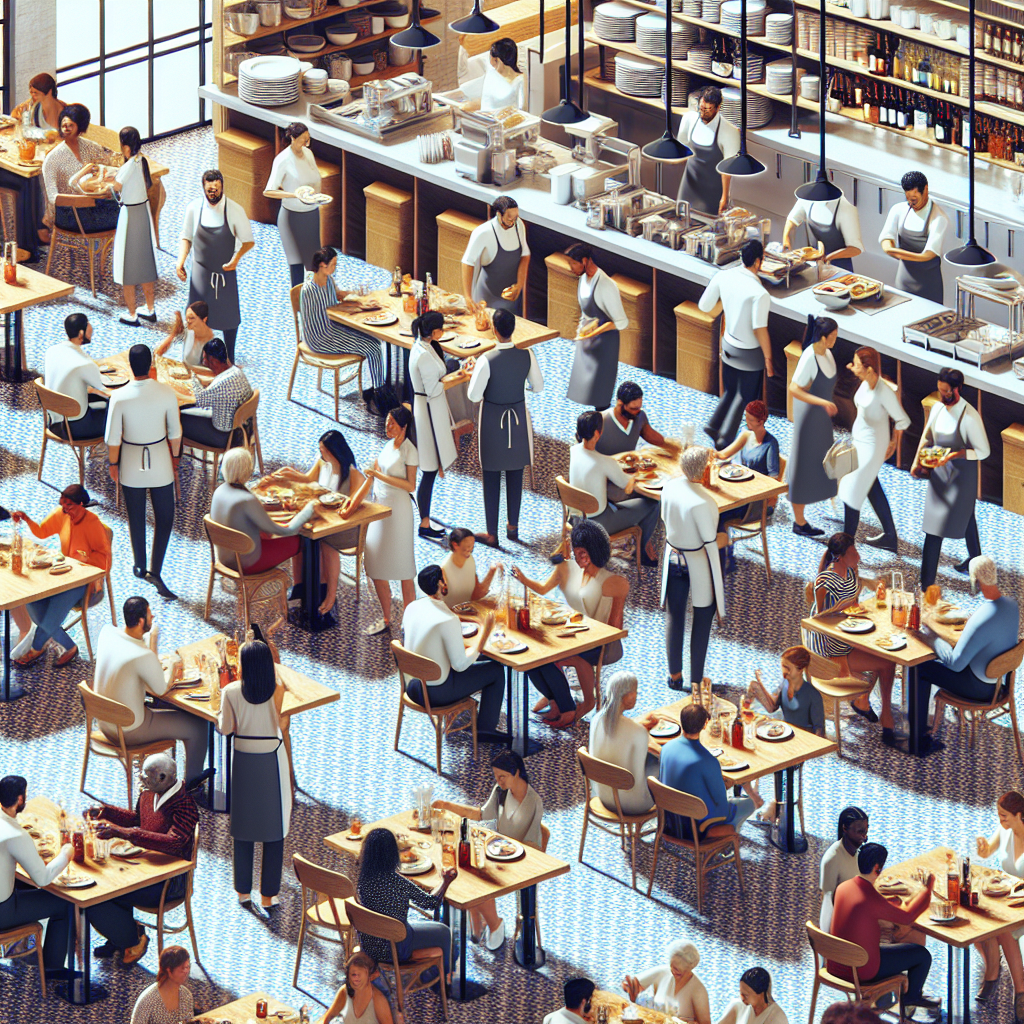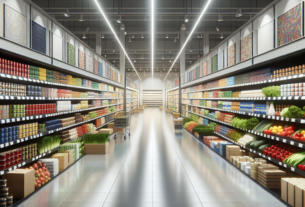The Impact of Third-Party Delivery Apps on Restaurant Profits
In recent years, the rise of third-party delivery apps has had a significant impact on the restaurant industry. These apps, such as Uber Eats, Grubhub, and DoorDash, have revolutionized the way people order food, providing convenience and accessibility to customers while creating new challenges for restaurant owners.
Market Share of Third-Party Delivery Apps
According to a recent report by Statista, the market share of third-party delivery apps in the United States is projected to reach 23.8% by 2025. This represents a significant increase from the 12.5% market share these apps held in 2020. With more consumers turning to delivery services for their meals, it is clear that these apps are here to stay.
Financial Impact on Restaurants
While third-party delivery apps have provided restaurants with a new revenue stream, they also come with significant costs. Many of these apps charge restaurants a commission fee on each order, which can range from 15% to 30% of the total bill. For small, independent restaurants operating on tight profit margins, these fees can eat into their bottom line.
In a study conducted by the National Restaurant Association, it was found that restaurants that offer delivery through third-party apps see a 5% decrease in profits on average. This is due to the high commission fees, as well as the cost of packaging and delivery services.
Volume of Orders through Third-Party Apps
Despite the financial challenges, many restaurants have seen an increase in the volume of orders since partnering with third-party delivery apps. According to data from Toast, a leading restaurant management platform, restaurants that offer delivery through these apps see a 20% increase in order volume on average.
This increase in volume can help restaurants reach new customers and expand their reach beyond their physical location. However, it also means that restaurants need to be prepared to handle the additional demand and ensure that the quality of their food and service remains consistent.
Future Plans for Restaurants
As the popularity of third-party delivery apps continues to grow, many restaurants are looking for ways to mitigate the financial impact and maximize their profits. Some restaurants have started to negotiate lower commission fees with the delivery apps, while others have implemented a delivery fee for customers to help offset the costs.
Other restaurants are exploring alternative delivery options, such as in-house delivery or curbside pickup, to reduce their reliance on third-party apps. By taking control of the delivery process, restaurants can improve their profit margins and provide a better overall experience for their customers.
In conclusion, the impact of third-party delivery apps on restaurant profits is significant and varied. While these apps offer restaurants a way to reach new customers and increase their order volume, they also come with high commission fees that can eat into profits. By exploring alternative delivery options and negotiating with delivery apps, restaurants can find a balance that works for their business and their bottom line.



